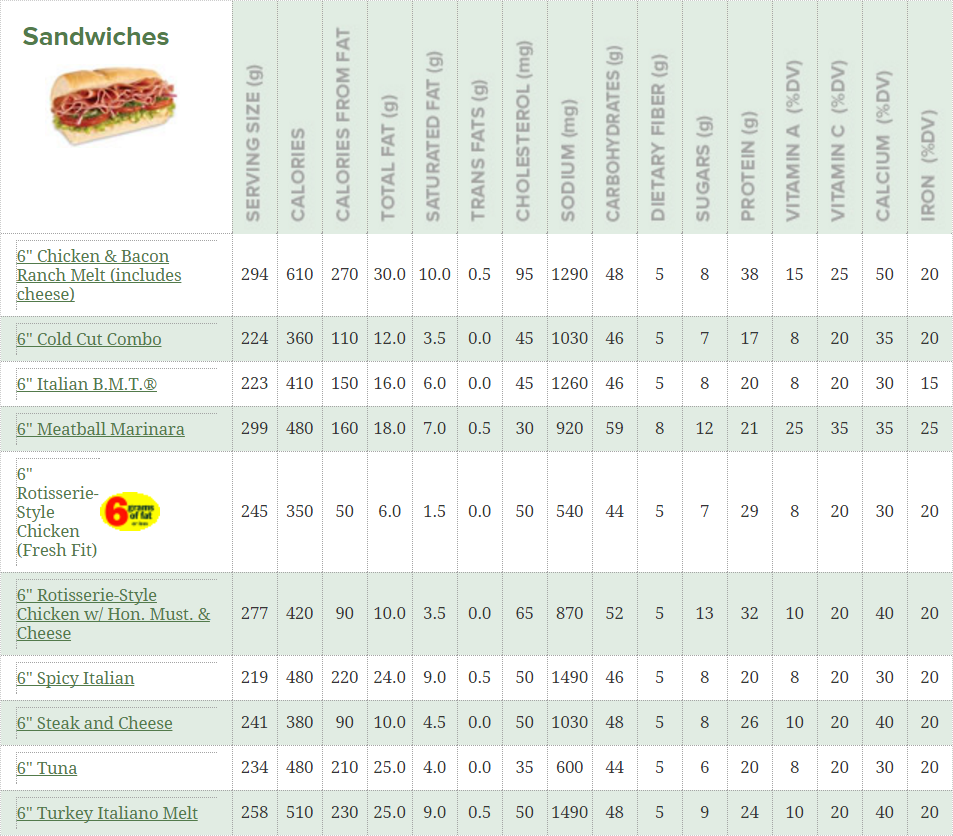

A variety of stews, vegetables and/or salads are placed on a large piece of injera and guests use their right hands to tear portions of the injera which are used for gripping the food. The thin batter is poured onto the cooking surface, traditionally a clay plate over a fire though now more commonly a specialized electric injera stove, and the bottom remains smooth while the top develops lots of pores which makes it ideal for scooping up stews and sauces.Īnd that’s exactly how injera is used, as an eating utensil. It starts out looking like a crepe but then develops a unique porous and slightly spongy texture.

It’s a sourdough flatbread unlike any other sourdough.

If you’ve ever been to an Ethiopian restaurant – certainly if you’ve ever set foot in Ethiopia – you will have heard of injera. An authentic Injera recipe, the famous Ethiopian flatbread that makes the perfect accompaniment to a whole host of Ethiopian dishes, including Doro Wat, Sega Wat, Misir Wat, and Gomen!


 0 kommentar(er)
0 kommentar(er)
